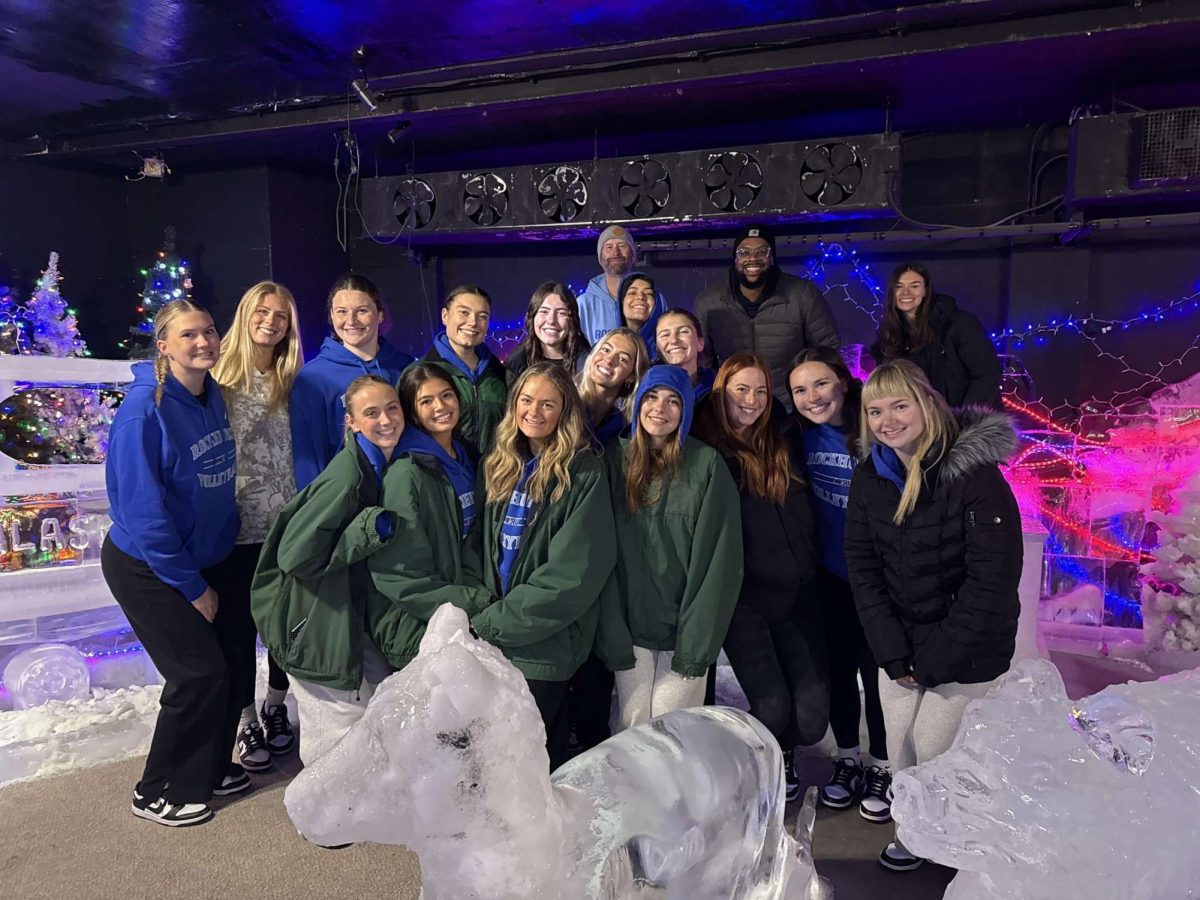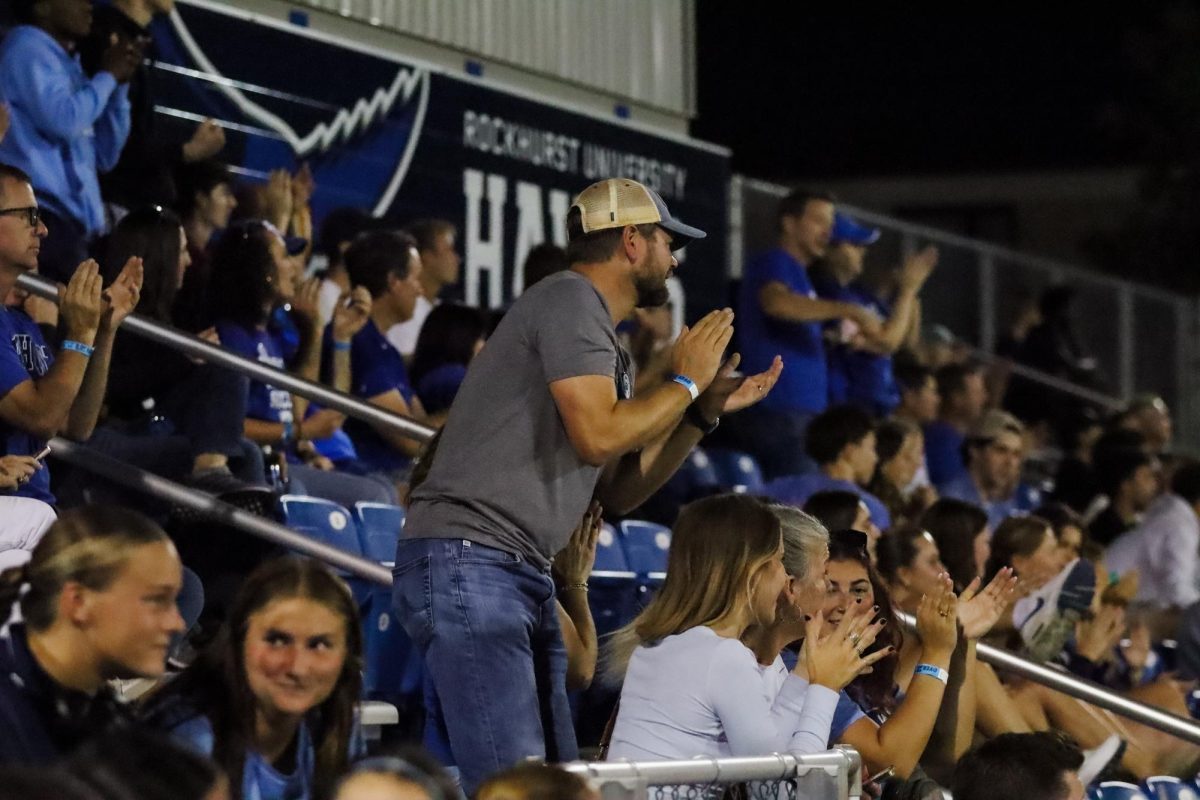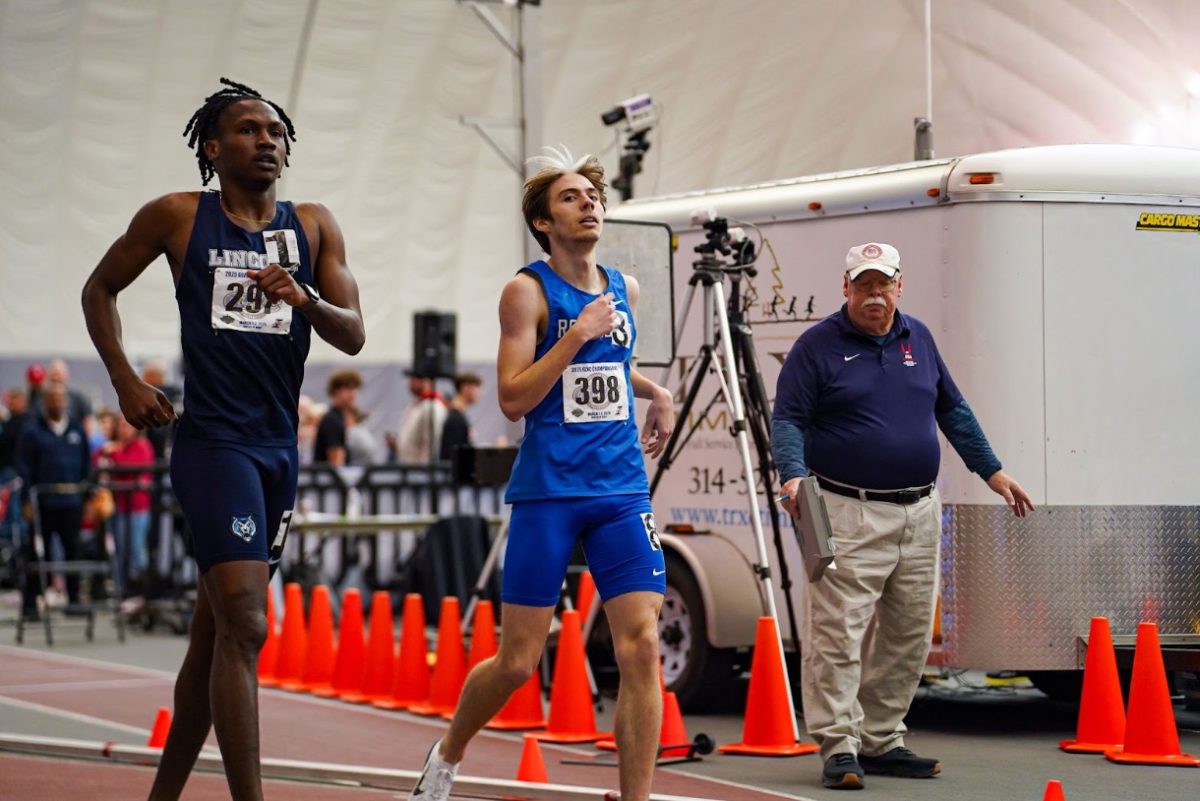Just weeks after the buzzer sounded on this year’s NCAA men’s basketball tournament, former Rockhurst University forward Miles White is still soaking in the moment many college basketball players dream of—playing in March Madness.
“It was surreal,” White said. “Thinking back to when I was in elementary school watching the games on TV… realizing I’m out there playing in it.”
White, who transferred from Rockhurst to Division I Lipscomb University, credits the NCAA Transfer Portal for giving him the opportunity. Since its launch in October 2018, the portal has reshaped college athletics, especially for programs like Rockhurst, where retaining talent is becoming more challenging.
The NCAA originally introduced the transfer portal as a compliance tool to “systematically manage the transfer process from start to finish, add more transparency… and empower student-athletes.” Before it existed, players often had to get permission from their coaches to contact other schools, creating roadblocks. Now, they can enter the database and explore new options more freely.
For athletes like White, the portal provided both an exit and an opportunity. After two seasons at Rockhurst, where he scored 544 points and became a key contributor, White decided it was time for a change.
“I just felt it was time,” said White. “But I’m extremely grateful to Coach Diener and his staff for the opportunity to play here.”
White’s decision did not come without challenges. A hamstring injury during the offseason limited his ability to showcase himself to recruiters. Still, he leaned on faith and his support system to get through the process.
“I spent a lot of time in prayer, trusting that God’s plan would lead me to a place where I’d be at peace,” said White.
Once he arrived at Lipscomb, the adjustment to Division I competition was clear.
“The jump from D2 to D1 wasn’t necessarily difficult—just different,” he said. “Instead of the centers being 6’7, they were 6’11. The speed was a little faster, so adapting was key.”
While White’s journey is a success story, his departure reflects a growing concern for programs like Rockhurst. The portal’s freedom comes with trade-offs, especially for smaller schools losing standout players to higher levels.
Critics argue that the portal disrupts roster continuity and hurts team chemistry. Supporters say it gives athletes the same mobility that coaches enjoy, allowing them to pursue better academic or athletic fits.
Some schools use the portal strategically, bringing in experienced players to fill immediate needs. Others, particularly at the Division II level, struggle to compete with the draw of Division I exposure and potential NIL (Name, Image, and Likeness) deals.
White admitted that leaving Rockhurst was not an easy decision, but said it taught him invaluable lessons.
“I wouldn’t change my decision to go there,” he said. “Some lessons I learned seem simple—like handling your business on and off the court—but they matter. Being a good person and staying out of trouble opens doors.”
As the NCAA continues to refine transfer rules, including limits on eligibility windows, the debate remains ongoing. But for athletes like White, the portal is more than just a tool for movement, it is about growth and finding the right fit.
“God placed me at Rockhurst for a reason,” he said. “And now He’s leading me somewhere new.”








